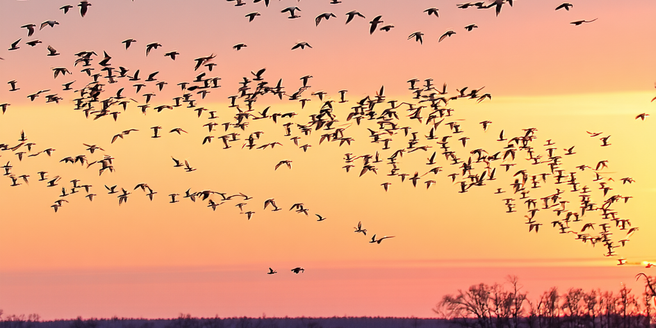
Impact of Global Warming on Bird Migration
Global warming is drastically affecting bird migration patterns. As temperatures rise, many bird species are forced to alter their traditional routes, timings, and destinations. Warmer climates lead to earlier springs in some regions, prompting birds to start migrating earlier than usual. This can lead to mismatches between the arrival of birds and the availability of food sources, such as insects or plants, at their breeding grounds. These challenges highlight the urgent need for adaptive conservation strategies. Additionally, some birds are expanding their ranges northward into cooler areas as their habitats become unsuitable. These changes pose significant challenges for conservation efforts, as protecting key habitats along traditional migration routes is no longer sufficient.
Shifts in Fish Migration Routes
As the planet warms, marine ecosystems experience significant changes, influencing fish migration patterns. Rising ocean temperatures can alter the distribution of plankton, which serves as a primary food source for many fish species. Consequently, fish are forced to migrate to areas where food is abundant, often resulting in shifts northwards or into deeper waters. These shifts may also lead to the introduction of invasive species in new environments. These migrations can also lead to increased competition among species for limited resources. Such changes can disrupt existing marine food webs and impact local fishing industries that depend on traditional fish migration routes. Understanding these shifts is critical for developing adaptive management and conservation strategies to ensure the sustainability of ocean resources.
Changes in Mammal Migration Patterns
Mammal migration patterns are also being impacted by global warming. Many terrestrial mammals, such as caribou and wildebeest, rely on seasonal migrations to find food, water, and suitable habitats. However, as temperatures rise, these species face challenges such as altered vegetation growth, increasing frequency of extreme weather events, and changing water availability. In some cases, traditional migratory pathways are becoming less viable due to these environmental shifts. As a result, shifts in migrating behaviors are being observed in various regions. These factors can lead to changes in the timing and routes of migrations, putting additional stress on populations that are already vulnerable. Conservation efforts must consider these impacts and work to maintain migratory corridors and ensure access to critical resources.
Consequences for Insect Migration
Insects are one of the many groups of animals affected by climate change, as it alters their migratory behaviors. Many insect species, like butterflies and dragonflies, migrate in response to temperature changes and food availability. Global warming can lead to shifts in their migration timing, causing potential mismatches with plant flowering and breeding periods. This can affect pollination, ecosystem services, and the survival of insect populations. The disruption of these natural cycles can have cascading effects on ecosystems. Additionally, warmer temperatures can expand the range of some pest species, leading to increased challenges for agriculture and natural ecosystems. Understanding insect migration patterns under the influence of global warming is vital for biodiversity conservation.
Adapting Conservation Strategies
To address impacts on migratory patterns due to global warming, conservation strategies need to adapt quickly. Key approaches include protecting critical habitats and corridors, enhancing ecosystem resilience, and taking a more dynamic approach to wildlife management. Community engagement and education are vital to raise awareness about the importance of migratory species. It’s important to involve local communities in designing and implementing these conservation strategies, ensuring they are inclusive and effective. Establishing climate-adaptive corridors can help species navigate new migratory routes as their traditional paths become compromised. Monitoring and research are essential to track changes in migration patterns and inform conservation actions. Collaborative international efforts are crucial, considering many migratory species cross multiple countries. Adaptive management will involve flexible policies and practices that can respond to rapidly changing ecological conditions.
